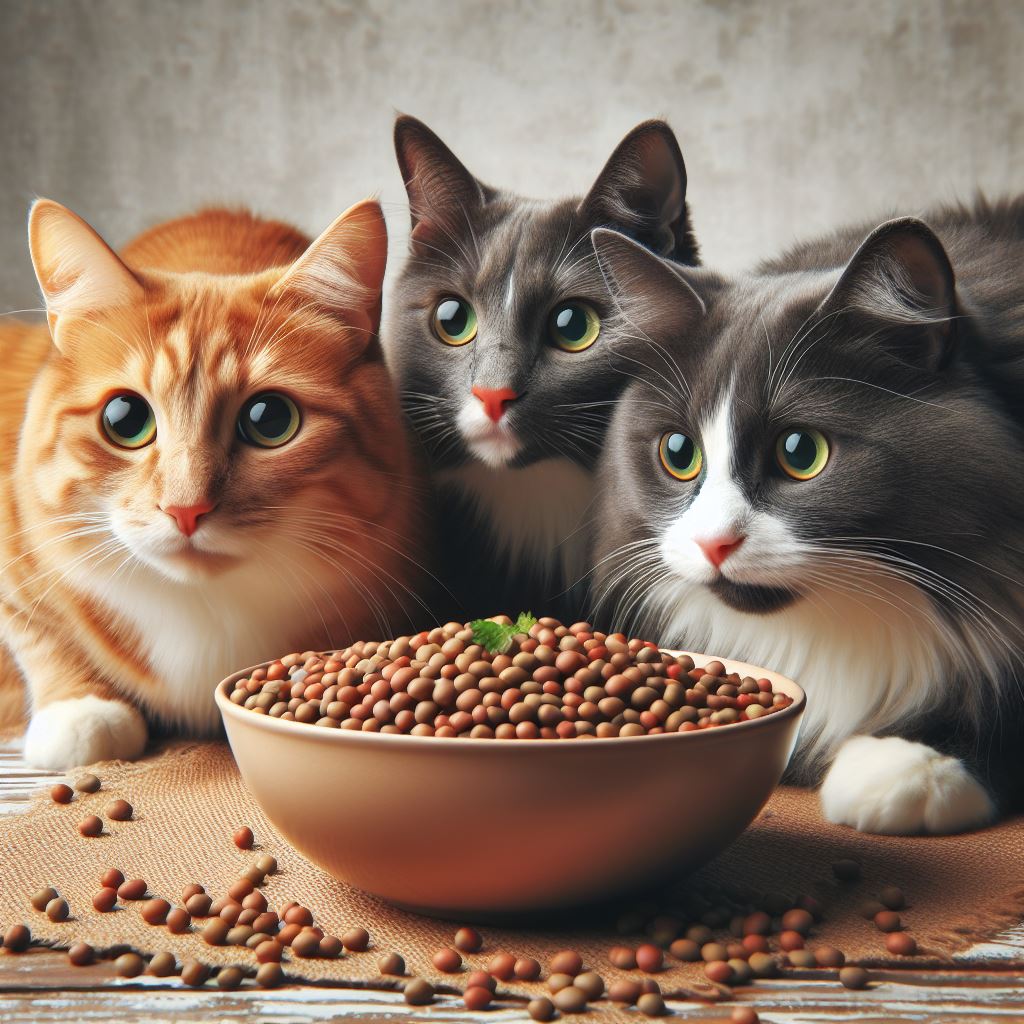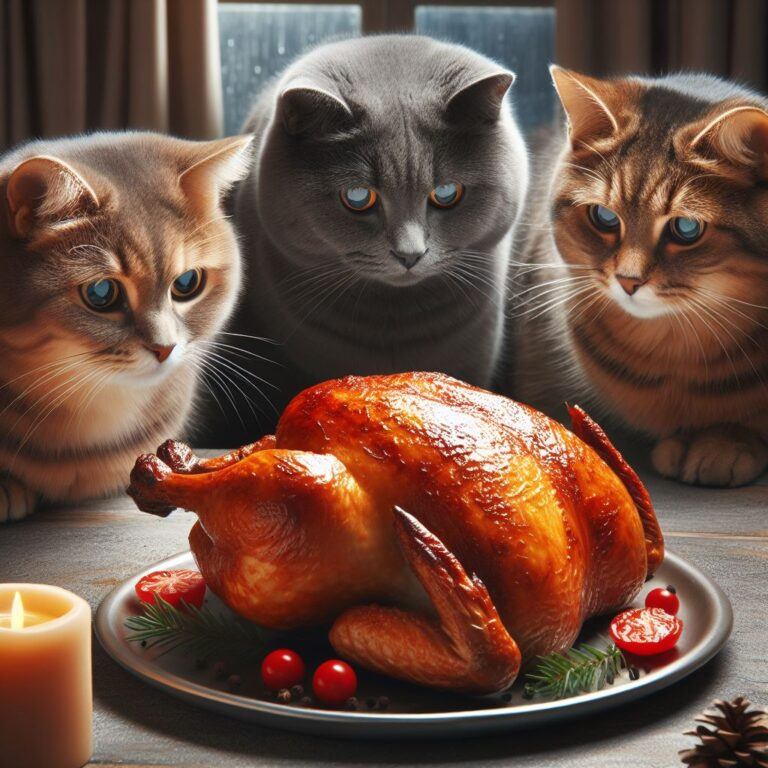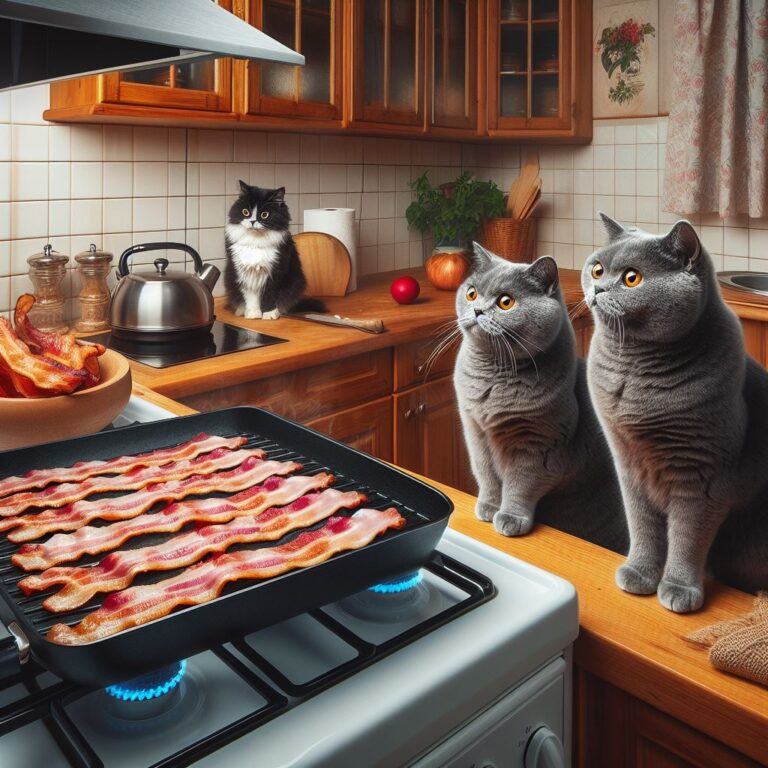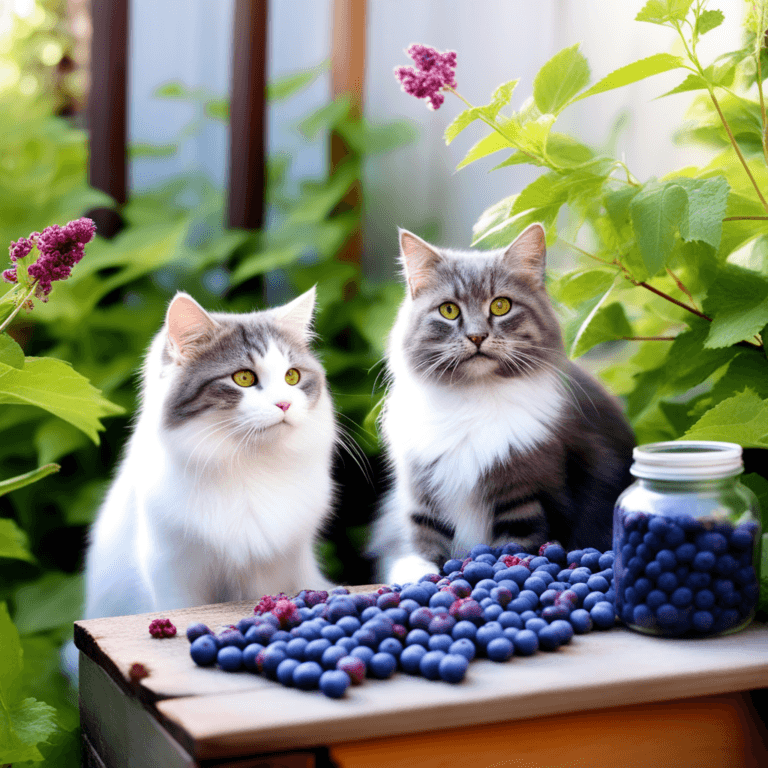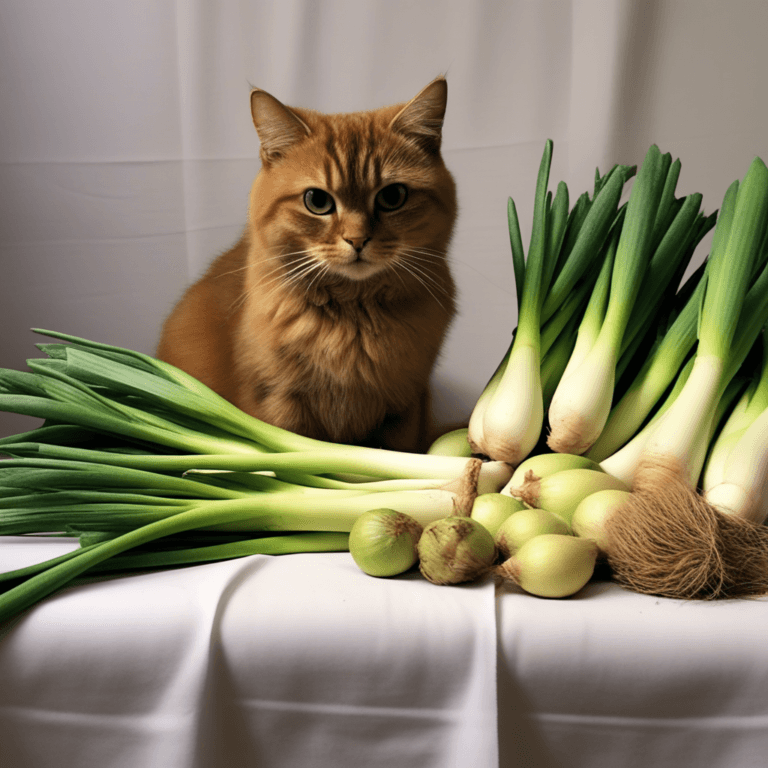Can Cats Safely Eat Lentils
Can cats safely eat lentils? In moderation, lentils can be a harmless addition to your cat’s diet. However, because cats are obligate carnivores, their digestive systems are primarily designed to process meat, not legumes.
Cats require a specific range of nutrients that are typically found in animal proteins. Lentils do carry nutrients, but they are not an ideal source for feline sustenance. Their nutrient profile doesn’t align precisely with the needs of a cat.
In the wild, a cat’s natural diet consists mainly of small prey such as rodents and birds. This meat-centric diet provides them with all the necessary proteins, amino acids, and vitamins they need to thrive. Lentils are quite a deviation from this.
Of course, the key question isn’t just about survival but optimal health. While lentils won’t necessarily cause harm, they don’t offer the specific nutritional benefits that are crucial for your cat’s well-being. They should not be a primary food source for your pet.
Understanding Feline Nutrition and Lentil Digestibility
Cats are obligate carnivores, which means their bodies are designed to derive nutrition primarily from meat. Their ancestors’ diet consisted predominantly of small prey, rich in protein and fat, and low in carbohydrates. This ancestral diet shapes the nutritional needs of modern domestic cats.
In examining lentils, it’s evident they’re packed with plant-based proteins and fiber. However, cats utilize animal proteins far more efficiently than those from plant sources. Lentils also contain carbohydrates, which are not a dietary requirement for cats and may contribute to obesity and diabetes when consumed in excess.
Although lentils can provide some beneficial nutrients, the critical question is how well cats digest them.
They lack certain enzymes needed to break down plant material effectively, potentially leading to gastrointestinal issues such as gas or diarrhea when consuming lentils.
To maintain your cat’s optimal health, their diet should primarily consist of high-quality, meat-based foods that provide the necessary amino acids, such as taurine, which lentils don’t contain. Taurine is essential for feline heart health, vision, and reproduction.
Before you consider introducing new foods like lentils, always prioritize a balanced, species-appropriate diet. Any plant-based item, lentils included, should complement their main diet and should never exceed 10% of their daily caloric intake.
Incorporating Lentils Into Your Cat’s Diet: Tips and Precautions
Introducing lentils to your cat’s diet should be done with caution. Since cats have unique nutritional needs, it’s best to treat lentils as an occasional addition rather than a staple.
Start with small quantities to see how your cat reacts. Just like humans, cats can have food sensitivities, and lentils might not agree with every feline’s digestive system.
Remember the keyword here: MODERATION. Overfeeding lentils can lead to digestive upset as cats are not adept at breaking down plant-based proteins.
It’s not just about whether they can eat lentils; it’s also about whether they should. Cats thrive on a protein-rich diet, with the majority of their nutrients coming from meat such as chicken or turkey. Lentils can offer some benefits but are no substitute for meat-based proteins.
Besides lentils, there are other safer plant-based foods you might consider for your cat. Carrots, peas, and pumpkins are generally well-tolerated when cooked and given in small amounts.
Above all, consult your veterinarian before making any significant changes to your cat’s diet. They can provide personalized advice based on your cat’s health history and dietary needs.

